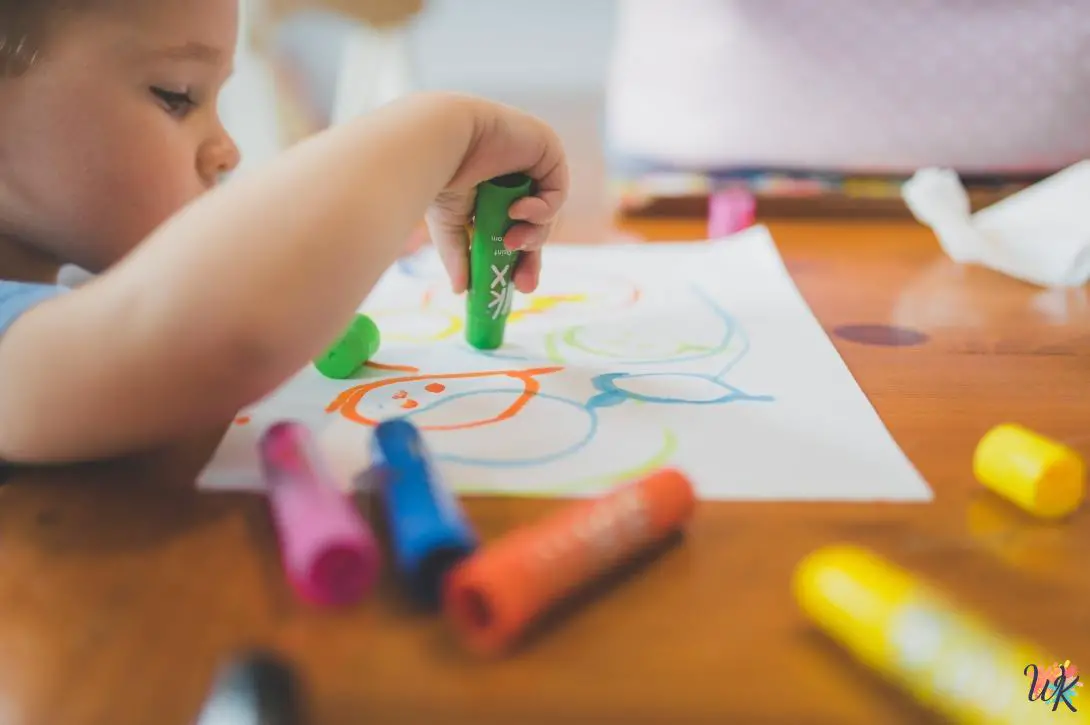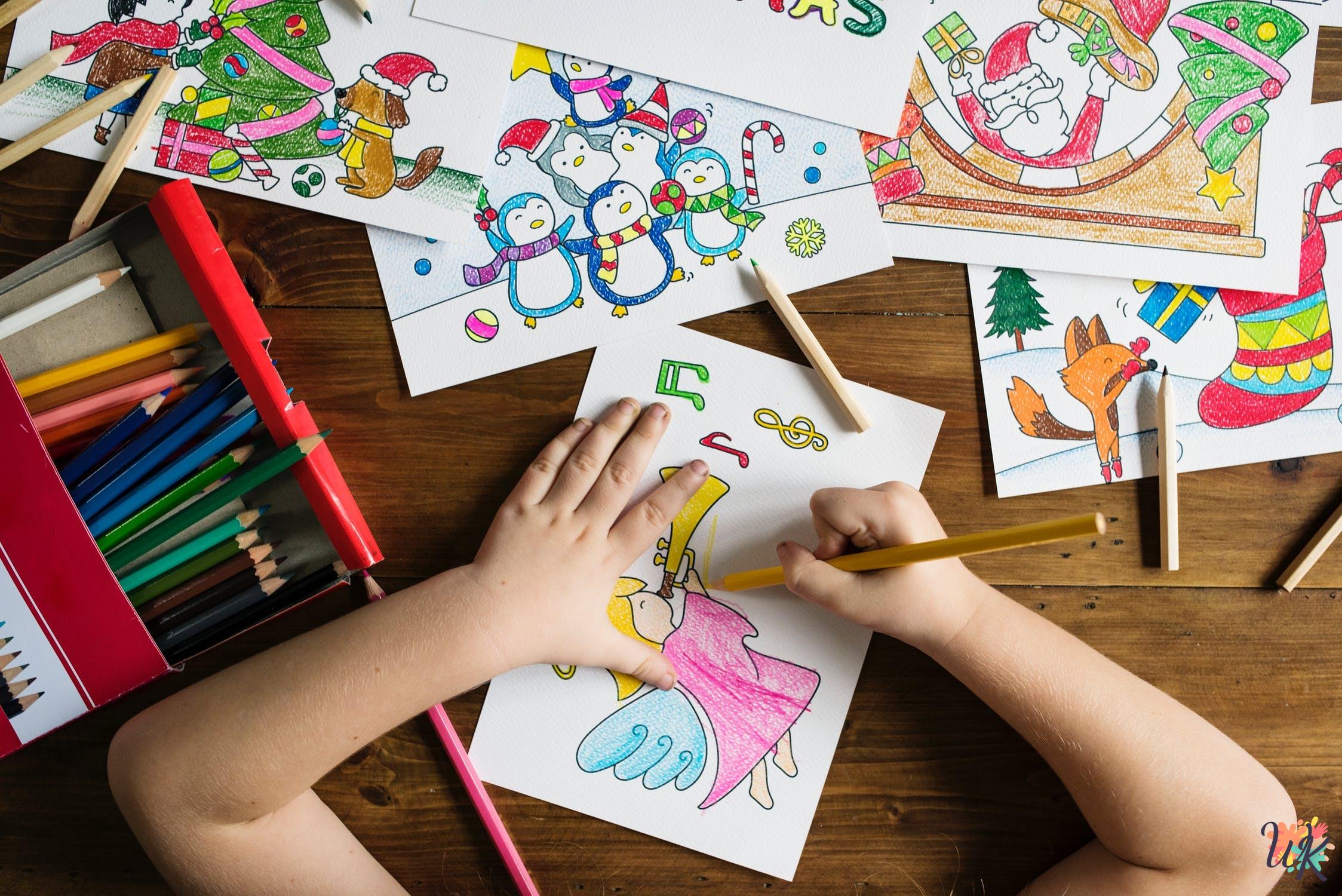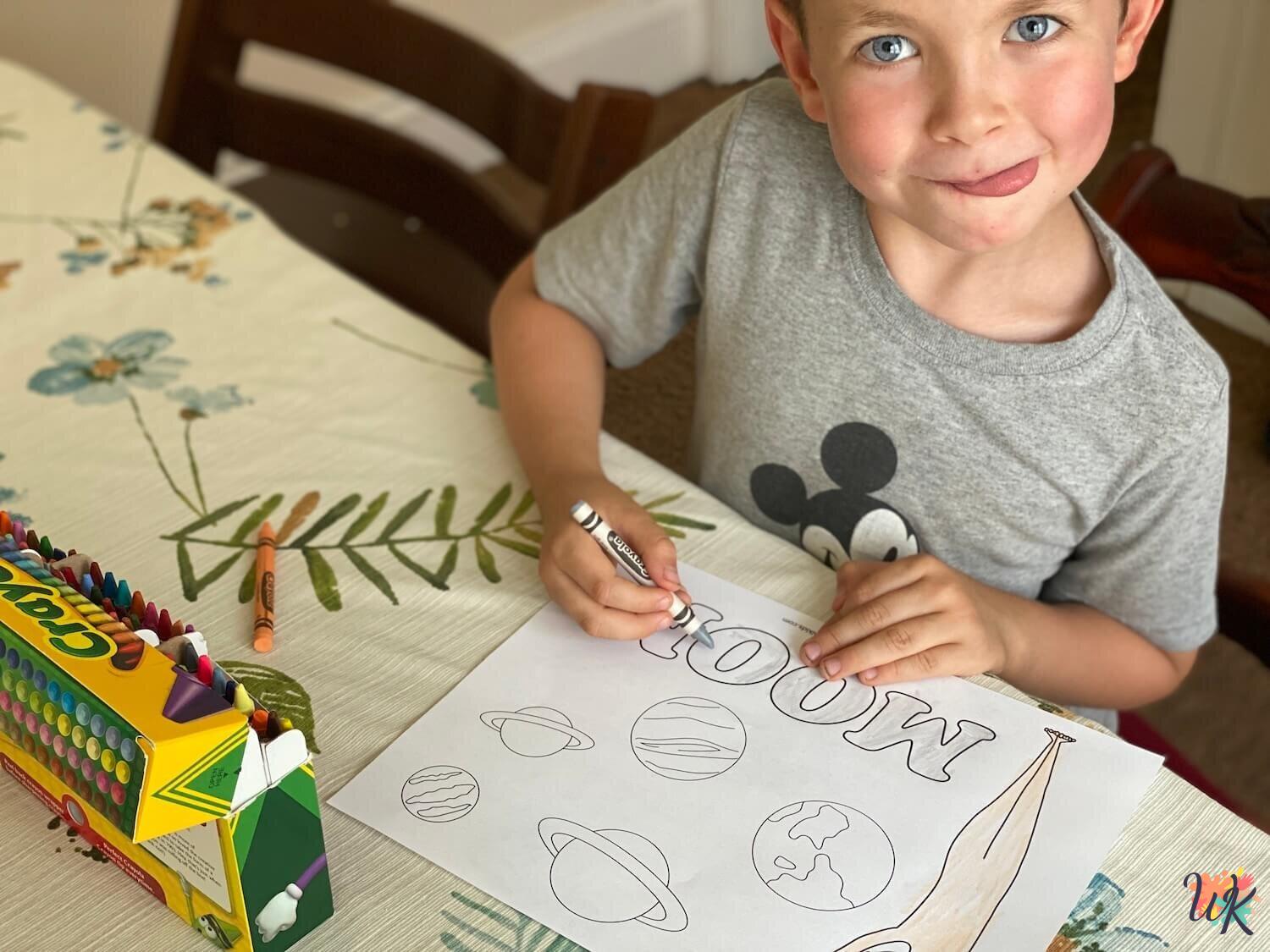The Benefits of Coloring for Children. Coloring has always been a favorite pastime for children, offering them an opportunity to unleash their creativity and immerse themselves in a world of vibrant hues. It goes beyond being a simple leisure activity and holds numerous benefits for a child’s development. From enhancing fine motor skills to promoting relaxation, coloring nurtures various aspects of a child’s growth.

Enhancing Fine Motor Skills
Coloring can improve children’s fine motor skills by enhancing their hand and finger dexterity as they grasp and maneuver crayons or colored pencils within the lines. This precise control over small movements aids in tasks such as writing, tying shoelaces, and using utensils.
Boosting Creativity and Imagination
Coloring encourages children to explore their imagination and express their creativity freely. They can choose colors, experiment with different shades, and bring life to blank canvases. This process stimulates their artistic abilities and nurtures their sense of aesthetics, allowing them to develop their unique artistic style.
Developing Cognitive Skills
The act of coloring involves several cognitive processes that contribute to a child’s mental development. It promotes pattern recognition, visual-spatial skills, and problem-solving abilities. Additionally, coloring helps children understand concepts like size, shape, and proportion, laying a foundation for future mathematical and scientific understanding.
Expressing Emotions and Self-Discovery
Coloring provides children with a non-verbal outlet to express their emotions and feelings. Through colors, they can depict their moods and communicate their inner world. Furthermore, as they explore various colors and combinations, they gain a deeper understanding of their own preferences, fostering self-discovery and self-expression.
Encouraging Focus and Concentration
When a child engages in coloring, they enter a state of focused attention. Concentrating on staying within the lines and selecting suitable colors requires sustained focus, improving their concentration skills. This ability to concentrate transfers to other areas of life, aiding in academic tasks and problem-solving situations.
Promoting Relaxation and Stress Relief
Children can benefit from coloring as it has a calming effect, which helps them relax and relieve stress. Coloring allows children to detach from daily pressures and find comfort in the activity. It can also be particularly helpful for children who are dealing with anxiety or difficult emotions, as it offers a therapeutic outlet.

Strengthening Hand-Eye Coordination
Coloring helps in improving hand-eye coordination. This means that children learn to control their hand movements based on what they see. This skill is crucial for many other tasks in daily life, such as playing sports, musical instruments, and typing on a keyboard. No new information has been added.
Learning about Colors and Shapes
Coloring can help children learn about various colors, including different shades, hues, and tones. They can become familiar with primary and secondary colors and learn how to blend them. Additionally, coloring can enhance their visual recognition of shapes, which is great for identifying objects.
Building Confidence and Self-Esteem
When children finish coloring a page and create something aesthetically pleasing, it gives them a feeling of accomplishment. This, in turn, boosts their confidence and self-esteem as they realize that they have created something beautiful all by themselves. This positive reinforcement motivates them to take on new challenges and expand their abilities.
Fostering Social Skills and Collaboration
Coloring can help children interact and work together in a social setting. By sharing materials, taking turns, and collaborating, they develop important social skills such as communication, empathy, and teamwork, which can improve their relationships with peers.
Connecting with Cultural and Historical Art
Exposing children to coloring pages based on famous artworks or cultural traditions allows them to explore diverse forms of art and learn about renowned artists, as well as the historical and cultural significance behind various art forms. Such exposure broadens their horizons and nurtures an appreciation for art.
Therapeutic Benefits for Children
Beyond the developmental advantages, coloring also offers therapeutic benefits for children. It can serve as an outlet for emotional expression, helping them cope with stress, sadness, or frustration. Coloring can be a mindful activity that promotes mindfulness and introspection, creating a sense of calm and well-being.
Incorporating Coloring into Daily Routine
To maximize the benefits of coloring, it’s essential to incorporate it into a child’s daily routine. Set aside dedicated time for coloring activities, whether at home or school. Provide a variety of coloring materials and themed coloring books to keep children engaged and motivated. Make coloring a part of their creative exploration and personal growth.

Conclusion
Coloring is more than just an enjoyable pastime for children. It offers a myriad of benefits for their development, nurturing their cognitive, emotional, and social skills. From enhancing fine motor skills and boosting creativity to promoting relaxation and self-expression, coloring provides a holistic approach to learning and growth. Encourage children to pick up their coloring tools, immerse themselves in vibrant hues, and embark on an artistic journey that brings joy and development.
FAQs
1. Is coloring only beneficial for artistic children?
No, coloring is beneficial for all children regardless of their artistic abilities. It enhances various aspects of development, including fine motor skills, concentration, and creativity.
2. At what age can children start coloring?
Children can start engaging in coloring activities as early as 18 months old, using chunky crayons or washable markers suitable for their age.
3. Can coloring help children with special needs?
Yes, coloring can be particularly beneficial for children with special needs. It promotes sensory integration, fine motor skills, and relaxation.
4. Should parents provide specific instructions while coloring?
While it’s important to let children explore their creativity, providing gentle guidance or discussing color choices can enhance learning opportunities during coloring sessions.
5. Can coloring be a group activity?
Yes, coloring can be a wonderful group activity, encouraging social interaction, cooperation, and shared creativity among children.

Hi there! My name is Becky Gomez, and I was born on December 12th, 1992 in the great United States of America. I am passionate about all things art and have always dreamed of sharing my love of art with others.
To pursue my passion, I attended some of the most prestigious art and painting schools in the United States. I earned a Bachelor of Fine Arts degree from the Rhode Island School of Design, followed by a Master’s degree in Art Education from Columbia University in New York.
Currently, I am an elementary school art teacher, inspiring and guiding young minds to explore their creativity and imagination. I believe that art education is an essential aspect of a well-rounded education and can be used to teach children valuable skills and important life lessons.
Outside of work, I am a savvy SEO professional and have created 5 popular coloring websites: ColoringpagesWk.com, Kleurplatenwk.nl, Disegnidacolorarewk.com, Dibujosparacolorearwk.com, and Coloriagewk.com. My goal with these websites is to provide fun and engaging resources for children to learn about art while also having fun.
I am passionate about using my talents and expertise to make a positive impact on the world, and I believe that education and the arts are the keys to achieving this goal. I am always looking for new opportunities to create and innovate, and I can’t wait to see what the future holds.
Contact Info:
Street: 950 Doyers Street
City: New York
State: NY
Phone: +1202-555-0126
Zipcode: 10013
Country: United States
